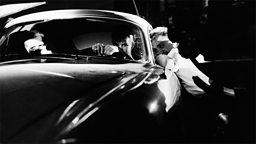8½: Fellini's masterpiece restored
29 April 2015
Federico Fellini’s 8½ was a hit with both audiences and critics on its 1963 release, and won an Academy Award for Best Foreign Language Film. WILLIAM COOK re-evaluates the newly restored movie, asking what made this surreal mishmash such a great film?
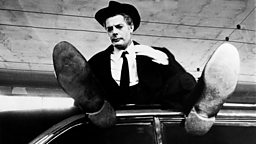
By rights, it should have been one of the most self-indulgent movies ever made: a film about filmmaking, with no coherent storyline, about a director with director’s block, besieged by actors, liggers and acolytes.
By any other director, it probably would have been a dreadful flop. Yet out of this surreal mishmash, Federico Fellini created his greatest masterpiece, and now 8½ is being rereleased in cinemas throughout the UK by the British Film Institute, lovingly restored from the original negatives by Gaumont and Eclair.
Every image gleams like a pearlMartin Scorsese on the cinematography in 8½
Seeing 8½ on the big screen reminds you how much we’ve lost by seeing old black and white movies on TV or (even worse) on laptops.
No wonder Charlie Chaplin forbade his family from having a television in the house. More than any film I can think of, 8½ demands a large canvas. The small screen doesn’t begin to do justice to Fellini’s dramatic use of light and shade.
Film directors love 8½ - hardly surprising, given its subject matter – but this isn’t just a flick for moviemakers or film buffs. It wasn’t just a critical triumph. It also became a commercial hit. So what made 8½ such a great film, rather than the prize turkey it might have been?
Gianni Di Venanzo’s photography, for one thing. Martin Scorsese saw 8½ a few weeks before he directed his first short film. He left the cinema inspired. As he said, one thing it taught him was ‘always keep the camera moving.’ Scorsese likened Venanzo’s restless camerawork to choreography, ‘cutting back and forth through time and memory.’
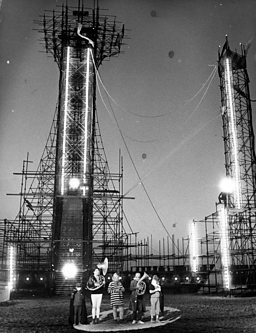
Another thing that made this movie great was Fellini’s leading man. Marcello Mastroianni had starred in Fellini’s previous masterwork, La Dolce Vita. Here the bond between actor and director became even more intimate.
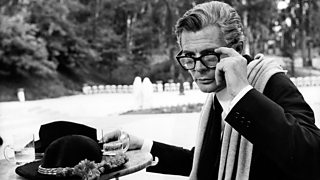
The visionary is the only true realist. Everyone lives in his fantasy world, but most people don't understand thatFederico Fellini
Dressed in the director’s trademark black suit and black Stetson, Mastroianni became Fellini’s alter ego in this intensely autobiographical film.
In 8½ Mastroianni acquired an almost telepathic relationship with the camera. As in Fellini’s previous masterpiece, La Dolce Vita (in which Mastroianni played a jaded journalist) you can almost tell what he’s thinking from frame to frame. Nobody ever looked better in a suit and tie, or sunglasses. You can’t take your eyes off him. The camera adores his every move.
This is just as well, because the character that Mastroianni plays is actually pretty unsympathetic. He installs his mistress in a cheap pension while he holes up in a grand hotel. He treats his wife just as badly, yet the camera still loves him with a passion.
Played by any other actor, the film’s outrageous harem scene would come across as lewd and tawdry. Mastroianni makes it seem charming, almost childlike in its absurdity.
But ultimately the thing that makes 8½ so special is Fellini. It’s his unique vision which drives this strange, seductive film. A series of inconsequential conversations and incoherent dream sequences, no other director could marry these muddled elements and somehow hold a film together.
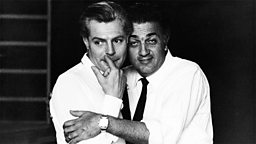
Clips from Fellini's 8½
Of course it’s confusing and fantastical, but isn’t that what real life often feels like? Maybe, as Fellini said, ‘the visionary is the only true realist.’ The film’s finale, in which Mastroianni’s director’s block is finally broken, is profoundly moving. Like Scorsese, I left the cinema feeling glad to be alive.
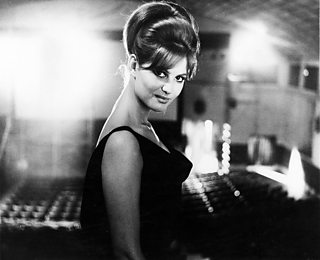
8½ isn’t merely a primer for aspiring moviemakers. Above all, it’s a thing of beauty
8½ won countless awards, including an Oscar for Best Foreign Film. Yet despite casting Mastroianni in several more movies, Fellini never recreated the success of 8½ or La Dolce Vita. His last film failed to find an American distributor. His final years were immensely frustrating, as he tried and failed to raise the money for the films he still yearned to make.
Thankfully, Fellini’s career had a happy ending, of a sort. In 1993 he received an honorary Academy Award. As he accepted the statuette, he thanked his wife of fifty years, the actress Giulietta Masina – his leading lady, minder and muse. ‘Please! Stop crying!’ he implored her, from the podium. He died a few months later. She only outlived him by a few weeks.
8½ is one of the most influential movies in the history of cinema. It showed directors they could trust their instincts and go where their imaginations took them. It showed that audiences, even mainstream audiences, are willing to take risks and suspend their disbelief.
However 8½ isn’t merely a primer for aspiring moviemakers. Above all, it’s a thing of beauty – nothing more, nothing less.
Fellini’s fellow countryman and filmmaker, Luchino Visconti, said Fellini’s greatest danger was to be ‘a very great director with precious little to say.’ Yet that’s precisely what makes him such a great filmmaker.
Fellini isn’t didactic. His films have no overarching central message. They’re as extraordinary – and as inexplicable – as life itself. Even so, they’re not for everyone.
Coming out of the cinema after seeing 8½ for the first time, Scorsese got talking to a woman who’d also seen the movie. ‘What did you think of it?’ she asked him. ‘I thought it was great,’ he said. ‘I didn’t think it was very good,’ she said. ‘I didn’t understand what the hell it was about.’
-
• 8½ is released by the BFI in selected cinemas UK-wide, 1 May 2015.
Fellini Links
More Film from BBC Arts
-
![]()
Orson Welles at 100
Celebrating the centenary of cinema giant Orson Welles
-
![]()
Fellini's 8½ restored
What made this surreal mishmash such a great film?
-
![]()
The Falling: Mass hysteria
Carol Morley on the real life inspirations for her latest film
-
![]()
Blade Runner's model shop
The painstaking handiwork behind the sci-fi classic's visuals
-
![]()
Cobain: Montage of Heck
Exploring the myths around the Nirvana frontman
-
![]()
The Rock and Roll Singer
Gene Vincent's disastrous 1969 tour of the UK
More films
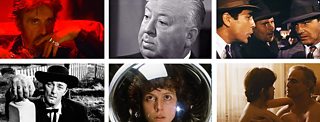
Latest film features
Film features & archive from BBC Arts plus reviews and more from around the BBC
